Do you want to buy, install, or work with traffic signs? Then it’s important for you to understand the different types of materials that you can use because some are reflective for night use, while others are non-reflective & ideal for bright areas.
In today’s guide, you will read about all traffic sign material types and their applications. We also told you what type of legal regulations you should follow.
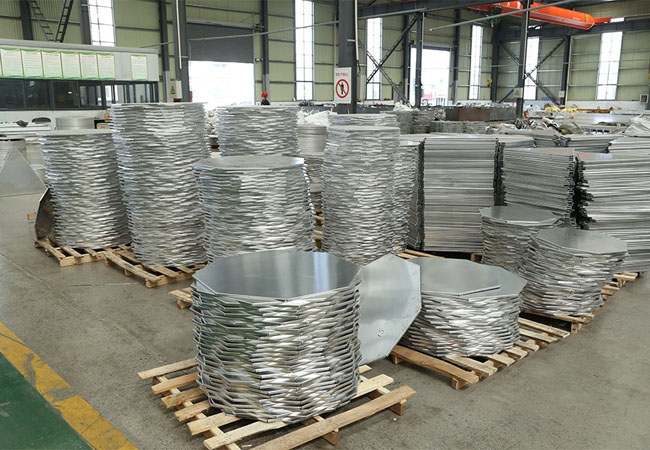
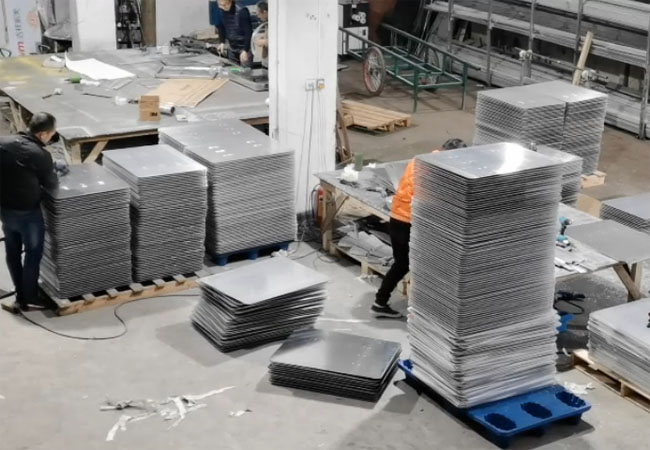
2 Common Materials Used in Traffic Signs
Non-Reflective Materials
When your places already have enough lights, you don’t need to provide extra shine to your traffic signs. Then, Non-reflective materials will be your ideal choice for such conditions.
You can use the following three materials for the preparation of non-reflective signs.
Wall-Mount Plastic: Plastic is a lightweight material, and you can use it for indoor traffic signs. Wall mount plastic is one of the great examples of it. This plastic is approximately 3mm thick, which makes it strong enough to last a long time.
Rigid Polypropylene: Rigid polypropylene is also a hard plastic and 1.2mm thick, which many manufacturers use for temporary or indoor signs. When you decide to use this material, you have to follow DIN 4102-Part One safety rules.
Post-Mount Plastic: Well, you should use this plastic especially to design sign posts and bases. This type of plastic can handle the UV rays and stay durable. They use a 3mm plastic panel, which is able to last for a long time and is lightweight too.
Reflective Materials
Reflective material is used to make traffic signs that can shine/flash when vehicle lights hit them. It bounces the light back, so that the driver can see the traffic signs clearly. You can also add these materials as a special layer on top of metal / plastic signs.
Class RA1: This basic type is used for signs in slow-speed areas. You may spot these in parking lots and inside schools. It follows the new standard BS EN 12899-1:2007.
Class RA2: Class RA2 is brighter and stronger material than RA1 and can reflect light three times better. You can use it for signs that you want to place on roads where cars move faster & signs need to be seen from a distance.

What is Reflective Sheeting Used on Traffic Signs?
Reflective sheeting is a special material that you can add to traffic signs. It is a shiny layer that is made from aluminum. Basically, this material helps your signs stay visible at night and in low light as well.
Traffic sign manufacturers used different types of reflective sheeting, such as micro prismatic sheeting and retroreflective glass bead sheeting. You can also use this sheet to make your commercial and informational signs.
This material is widely used due to its excellent performance. For example, it is durable, has high visibility, shines when light hits it, and is an affordable option too. There are also multiple options under this category of reflective sheeting, like HIP, diamond grade, and engineer grade. You can then choose according to your product’s needs.
Reflective Sign Material Rules
Laws say that the type of reflective material you need for a traffic sign depends on the type of traffic signs. Is it permanent or temporary? However, you can also read all the regulations in the traffic signs manuals.
- You should follow a rule called BS EN 12899 if your sign is permanent. It covers all aspects related to signs placed along roads for a long time.
- For temporary signs, you have to obey BS 8442:2015 rules. It guides you about sign requirements during road work and short-term changes.
Which Traffic Signs Are Built From Aluminum 6061?
6061 Aluminum Sheet is a metal plate made from 6061 aluminum alloy. Many traffic signs are formed from these materials. You will generally see it used in permanent road signs such as speed limit signs, warning signs, and highway direction boards.
You can consider it if you want to design a traffic sign that can last for years, because this alloy contains 97.9% aluminum with small amounts of magnesium, silicon, copper, and chromium.
Galvanized Steel in Traffic Sign Structures
Galvanized steel has a special coating layer that protects it from rusting and damage. This layer property makes traffic sign structures able to survive in outdoor, harsh conditions. Below are some reasons that make it your top choice for your traffic sign manufacturing.
- It can stay for a long time, which makes it great for your highway and street sign supports.
- Galvanized steel also has a zinc coating that minimizes the risk of corrosion.
- Provide support to heavy signs, so that they can’t bend or break.
- It gives stability to the base for traffic signs to stay upright.
- The signs made from this material require little maintenance and care.
Temporary Traffic Sign Construction Material
As you know, temporary traffic signs are easy to move, and you can install and carry them where you need them. Hence, its manufacturing process required lightweight and transportable material. Below are some common materials that you can use:
- Corrugated Plastic: This material has excellent properties such as being lightweight, weather resistant, recyclable, and an ideal option for outdoor traffic signs.
- Aluminum: You can use aluminum when you need stronger temporary signs. It provides you with more durability for your signs as compared to plastic materials.
- Galvanized Steel: If you choose Galvanized steel for your signs, it will make your product suitable for durable applications. You can reuse it as well.
- Reflective Sheeting: Well, reflective sheeting is used in the construction of temporary signs to make them visible at night. They are weatherproof and have a number of varieties for you in their brightness level.
- Laminated Paper: If you want a type of material for your sign that can stay strong in your construction zones and daily warning sites. Then, you should add laminated paper to your product building.
- PVC: You can consider PVC when you need flexible and lightweight signs. They can fit well in your temporary setups for a long time.
- Coroplast: Coroplast is basically a type of corrugated plastic. You can easily print and stick messages on it for clear visibility.
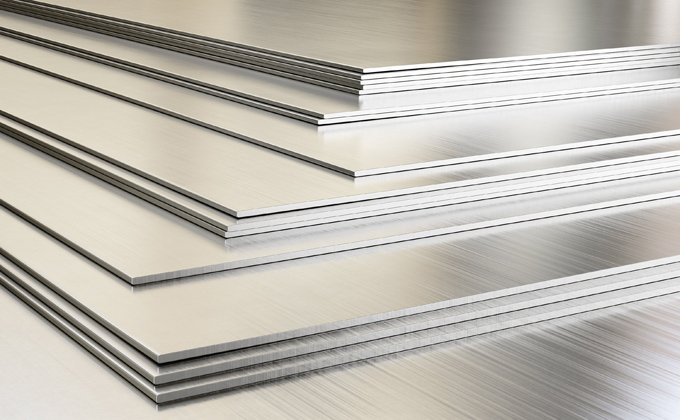
Traffic Sign Plates Materials
The flat part of the signs where you can print messages and symbols is called a traffic sign plate. You have to carefully construct these plates, so they must be strong, bright, waterproof and easy to spot. For this purpose, you can use different types of materials.
- Rigid Polypropylene/PVC: This type of plastic is strong, lightweight, and can resist water. You can use it for indoor sign plate manufacturing.
- Reflective Film: You should add a layer of reflective film on top of your sign plates. These types of plates will shine bright when your car headlights hit them. Additionally, it’s perfect if you want nighttime visibility.
- Aluminum: Aluminum is a top choice for permanent traffic sign plates. The reason is: it is rust-proof and light but strong. Plus, you can easily cut and give the shape that you need.
- Galvanized Steel: If we talk about Galvanized steel, it is heavy as compared to aluminum. Hence, you should use it for heavy-duty sign construction. But you will need strong posts to hold their weight when you install them.
- Color Coated Steel: This category of steel has a pre-painted layer, so you don’t need extra paint. You can utilize it if your products need a colorful background and custom design as well.
- Corrugated Plastic: We will recommend that you use this material if you want to make temporary traffic sign plates. Because it is cheap, recyclable, and can handle sunlight for a short time.
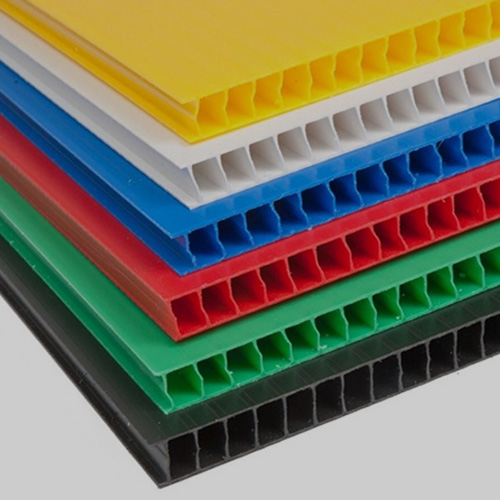
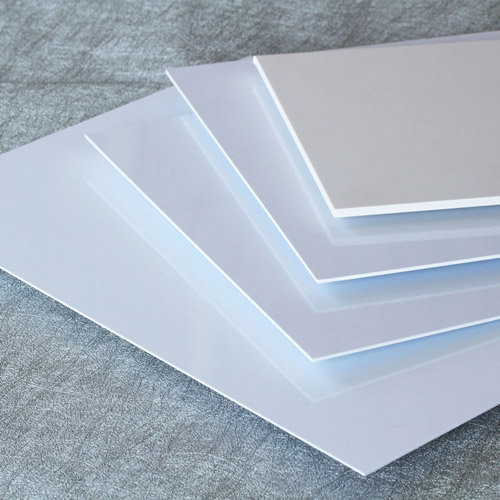
Traffic Sign Holder Manufacturing Materials
Traffic sign holders are the stands that hold up your traffic signs in the right position. Expert sign makers use different types of material for sign holders. These include: heavy-duty plastic, rubber, aluminum, and steel. Each type has its own unique benefits and properties.
You can use aluminum and steel to add strength and durability. However, for temporary sign holders, you have to choose heavy-duty plastics. In some cases, you should use rubber for portable signs to keep the holder stable and stop it from falling down.
Why Street Sign Measurements Matter in Choosing Material Thickness?
It is important for you to consider the size of the signs when you are going to choose the material for them. If we talk about the reason, it is simple: when you have bigger sign projects, you need stronger and thicker materials. Because if you use thin materials, there is a chance that your sign may bend or break.
On the other hand, for small signs, you can pick lighter materials. They don’t need heavy support and can perform well also.
More Traffic Signs & Their Material
| Types | Materials Specifications |
| Highway Sign Post | Generally made from galvanized steel/aluminum for strength and durability. |
| Decorative Street Signs | Have coated steel with custom finishes that add aesthetic value and long-term use. |
| Fluorescent Yellow Green Sign | You can use reflective sheeting with fluorescent pigments and typically applied over an aluminum & plastic base. |
| Reflective Vinyl | It is a thin, flexible material with microprisms & glass beads that can reflect light. You can apply it to sign surfaces. |
| Collapsible Road Signs | You should choose lightweight aluminum/plastic with foldable frames for temporary use. |
| Flashing Traffic Signs | You can use reflective aluminum + LED lighting. It gets power from solar panels/batteries for visibility. |
Legal Standards For Highway Sign Materials
You have to follow strict legal standards for road sign materials, selections & manufacturing. In many countries, these standards are based on national or international guidelines such as BS EN 12899-1 for permanent signs and BS 8442 for temporary signs.
Moreover, in the United States, the Department of Transportation designed a guide called the Manual on Uniform Traffic Control Devices (MUTCD).
- You have to use reflective materials so your signs shine back at drivers at night.
- According to the ASTM standard, there is a wide range for you in reflective sheeting. For example, you can use type I if your area needs low brightness, and type II for medium brightness, etc.
- If you want to use an aluminum sheet, you have to ensure that it has a 2mm thickness.
- As a manufacturer of traffic signs, you should provide a 7-year warranty to your customers if they install signs on highways.
Final Words
Finally, we hope you are now aware of the different materials used in traffic signs and their uses. You can see which ones are best for your needs & projects. The right material helps your signs stay strong, visible, and long-lasting in all conditions.
If you need a trusted supplier for traffic sign materials, Jackwin is your top choice. You can contact our team for reliable and custom solutions.
FAQs
Can plastic be used for traffic signs?
Yes, definitely. You can use plastic for the manufacturing of traffic signs. The main benefit of plastic traffic signs will be their lightweight and affordability. Companies mostly choose HDPE, PVC & recycled plastics for making this plastic traffic sign.
What is the most common plastic material used for advertising signs?
Among plastic materials used for advertising signs, Acrylic stands out for many industries. It is also known as Plexiglass. It will be your top choice because it can hold painted graphs, clear and easy for you to customize shapes as you want.
Is galvanized steel better than aluminum for sign posts?
If we compare both, Galvanized steel is stronger and more durable than aluminum. Because it is best for heavy-duty sign posts. However, aluminum is lighter and good for less tough conditions.
How long do reflective coatings last on traffic signs?
If you have done reflective coating on your traffic sign, it can last around 7-10 years. But remember, it depends on the quality of the material you have used. Plus, if you do proper maintenance, it can help extend their brightness and effectiveness.
What makes reflective vinyl suitable for outdoor signs?
Reflective vinyl is ideal for your outdoor signs because it can reflect light back to its source. It also provides you with safety and guidance because it is durable and has a weather-resistant surface, which helps your signs stay clear in the dark & rain.


-80x69.png)

